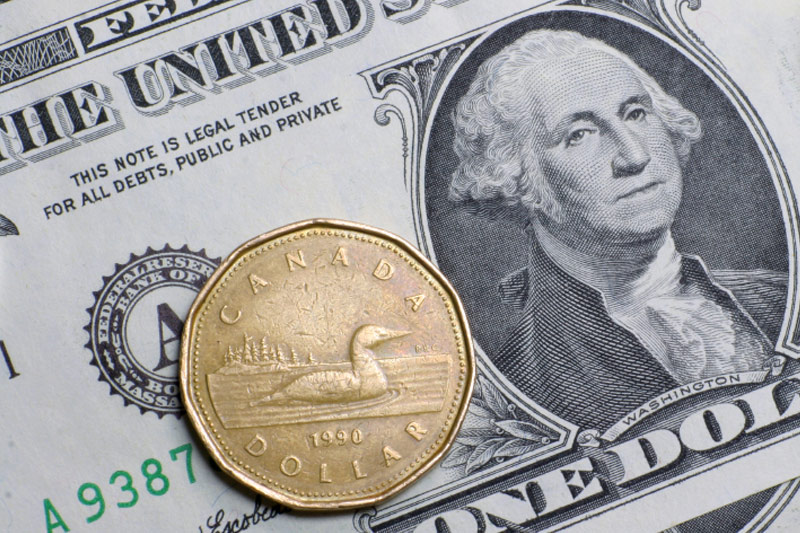Investing.com - The U.S. dollar pulled back from session lows against the Canadian dollar on Tuesday after data showed that Canadian retail sales unexpectedly fell in July, following six consecutive months of gains.
USD/CAD was last at 1.1030, down just 0.09% for the day, off session lows of 1.0986.
The pair was likely to find support at 1.0975 and resistance at around 1.1070.
The Canadian dollar weakened after Statistics Canada reported that retail sales fell 0.1% in July to C$42.5 billion, compared to expectations for a 0.4% increase. However, June’s retail sales were revised up to a 1.2% increase from a previously reported 1.1% gain.
Sales at motor vehicle and parts dealers advanced for the third time in four months, up 1.6% in July, the report said.
Core retail sales, which exclude auto sales, were down 0.6% from a month earlier, worse than forecasts for a 0.1% decline.
The commodity linked Canadian dollar had gained ground earlier Tuesday after data showed that factory activity in China unexpectedly picked up this month, easing concerns over a slowdown in the world’s second-largest economy.
The preliminary reading of China’s HSBC manufacturing index for September came in at 50.5, ahead of expectations for 50.0 and up from the final reading of 50.2 in August.
The greenback struggled to build gains against the loonie, as the Canadian dollar is also known, as investors took a breather from buying the greenback following its recent run higher.
The US Dollar Index, which tracks the performance of the greenback versus a basket of six other major currencies, was down 0.22% to 84.62, after rising to highs of 84.86 in the previous session, the most since July 2010.
The dollar’s rally has been fuelled by expectations the ongoing economic recovery in the U.S. would prompt the Federal Reserve to hike rates sooner than markets expect.
Elsewhere, the loonie was slightly lower against the euro, with EUR/CAD easing up 0.14% to 1.4208.
In the euro zone, data on Tuesday showed that private sector output grew at the slowest rate so far this year in September, fuelling fears over a slowdown in the recovery in the region.
The euro zone composite output index, which measures the combined output of both the manufacturing and service sectors slumped to a nine month low of 52.3 from 52.5 in August.
The weak data fuelled expectations for fresh monetary easing measures from the European Central Bank to help shore up faltering growth.
